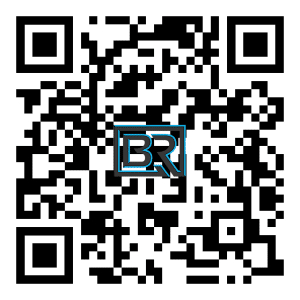1D vs 2D Barcodes: A Comparison In our previous blog, "Barcodes: How Do They Work?"…
Barcodes: How Do They Work?
What is a Barcode?
Have you ever been in line at the grocery looking at your items and notice the barcode? While looking at the barcode, have you ever found yourself having the thought, how do barcodes work? First, we need to learn what a barcode is and what it does. According to Wikipedia, “A barcode or bar code is a method of representing data in a visual, machine-readable form.” While this defines what a barcode is, it does leave out how the barcode works. Barcodes need to be scanned, or read, by a barcode scanner. Barcode readers emit a light or a laser to reflect the information present on the barcode. Barcode scanners are actually reading the white space between the lines, and not the actual lines. Once the barcode has been read, the scanner takes the information and translates it to the output.
To learn about the history of the barcode scanner, read our blog, “What is a Barcode Scanner and How Does it Work?”
What are the Basic Types?
Barcodes can be split into a multitude of types, but generally speaking they can be sorted into two different types. Linear, also known as one-dimensional or 1D, is your traditional barcode with varying widths of black lines. Matrix codes, also known as two-dimensional or 2D, are the newer types and require a specific type of barcode reader.
Linear Barcodes aka One-Dimensional
A first generation, “one dimensional” barcode that is made up of lines and spaces of various widths that create specific patterns. Some of the most common examples of this are the Universal Product Code (UPC), International Standard Book Number (ISBN), Global Trade Item Number (GTIN), among many others. Linear barcodes are a series of black and white bars that can store information like a product’s type, size and color. Below is an example of a one-dimensional UPC Barcode.

Matrix Barcodes aka Two-Dimensional
These are newer barcodes and unlike linear barcodes, they are capable of encoding much more data. Two-dimensional barcodes can include more information such as images, links to URLs, and the ability to contain special characters that one-dimensional is not capable of reading. Common 2D barcode types are QR Codes, Aztec Codes, Data Matrix, and more. While not all barcode scanners are capable of scanning two-dimensional barcodes, your smartphone likely has this capability. QR Codes are the most frequently used code for scanning with smartphones.

What are the Benefits?
Barcodes have the ability to help improve inventory tracking, improve sales, and useful in managing the supply chain. Helps your inventory track items that are selling fast or slow, allows you to prepare for the future based off information gathered from prior time frames, and also gather information on consumers. Supply chain management is improved through the use of Unique Identifying Number (UID) assigned to a box. This will relay pertinent information such as order number, items, destination. This information is relayed through an Electronic Data Interchange (EDI), or what most of us know as a tracking number, letting you know when the package should arrive.
Implementing Barcodes for Your Company
Have a company that utilizes barcodes in any fashion? Wondering how to best utilize them for the benefit of your company? Contact Barcode Resourcing today, and find out what works best for you. Barcode Resourcing can help, whether you are looking to print your own barcodes, or finding the right configuration for scanning and processing the information contained within.


This Post Has 0 Comments